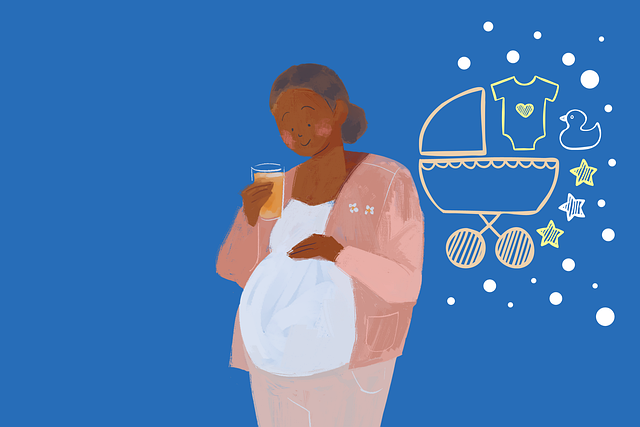The motherhood pay gap is a pressing issue, and unfortunately, it seems to be worsening for many mothers. Anyone who has children understands that parenting comes with its financial challenges, but the economic impact extends far beyond just the cost of raising kids. While the gender pay gap is a well-known issue, the situation is even more dire for mothers.
A recent study published by the Washington Center for Equitable Growth reveals that mothers are still earning less than their childless counterparts, and the disparity is not getting any better. The research indicates that the pay gap for mothers with one child increased from 9 percent during the period of 1986–1995 to 15 percent between 2006–2014. Alarmingly, for mothers of two children, the gap has remained consistent at 13 percent, while those with three or more kids earn a staggering 20 percent less than their non-parenting female peers. The financial burden of parenting is significant, and those who face the greatest expenses are often the most underpaid.
This research draws on data from the University of Michigan’s Panel Study of Income Dynamics, which has been tracking approximately 18,000 individuals from 5,000 families since 1968. This is not just a minor study with limited participants; it highlights a systemic issue affecting mothers in the workforce.
The so-called “motherhood penalty” uniquely affects mothers. Research consistently shows that, unlike mothers, fathers often see an increase in earnings after having children. Over the years, this disparity has become more pronounced, with the percentage of working mothers with young children rising from 47 percent in 1975 to 70 percent in 2015.
Why Isn’t the Situation Improving?
Experts attribute this to a lack of family-friendly policies such as paid parental leave and affordable childcare options. Countries that prioritize equity in the workplace have shown success in reducing the gender pay gap by implementing these types of policies.
“It’s abundantly clear,” stated study co-author Sarah Thompson, who has researched various international policies supporting mothers. “Universal subsidized childcare has the most significant impact on alleviating the motherhood penalty.” This is a sentiment echoed by countless mothers who understand the struggle of securing affordable childcare. A recent report indicates that the national average cost for childcare is approximately $8,700. Single parents can spend nearly 36 percent of their income on childcare for one child, whereas married couples pay around 10 percent.
Moreover, employers often penalize mothers for taking maternity leave, even years after returning to work. John Roberts, CEO of the Professional Human Resources Association, noted that while providing paid parental leave is beneficial, it does not eliminate the discrimination mothers face for having taken that leave. “If you’re a female associate at a law firm, should you be considered for partnership if you took nine months off during your seven years?” he asked.
Though it is illegal to discriminate against parents for their family responsibilities, lawsuits alleging such discrimination have surged in recent years. Unfortunately, the Equal Employment Opportunity Commission lacks the resources to effectively monitor these issues. “If they had more investigators, workplaces would likely tighten up their practices,” Thompson remarked. “What we often see is that companies learn to say the right things to comply with the law rather than genuinely addressing discrimination.”
The reality is clear for mothers in the workforce: many are not receiving the pay they rightfully deserve. For more insights on topics such as fertility and family planning, check out our post on fertility boosters for men or explore the comprehensive information available regarding in vitro fertilisation.
In summary, the motherhood pay gap persists, and in many cases, it is worsening. Without significant policy changes and a cultural shift in how we view working mothers, this disparity is unlikely to diminish anytime soon.
